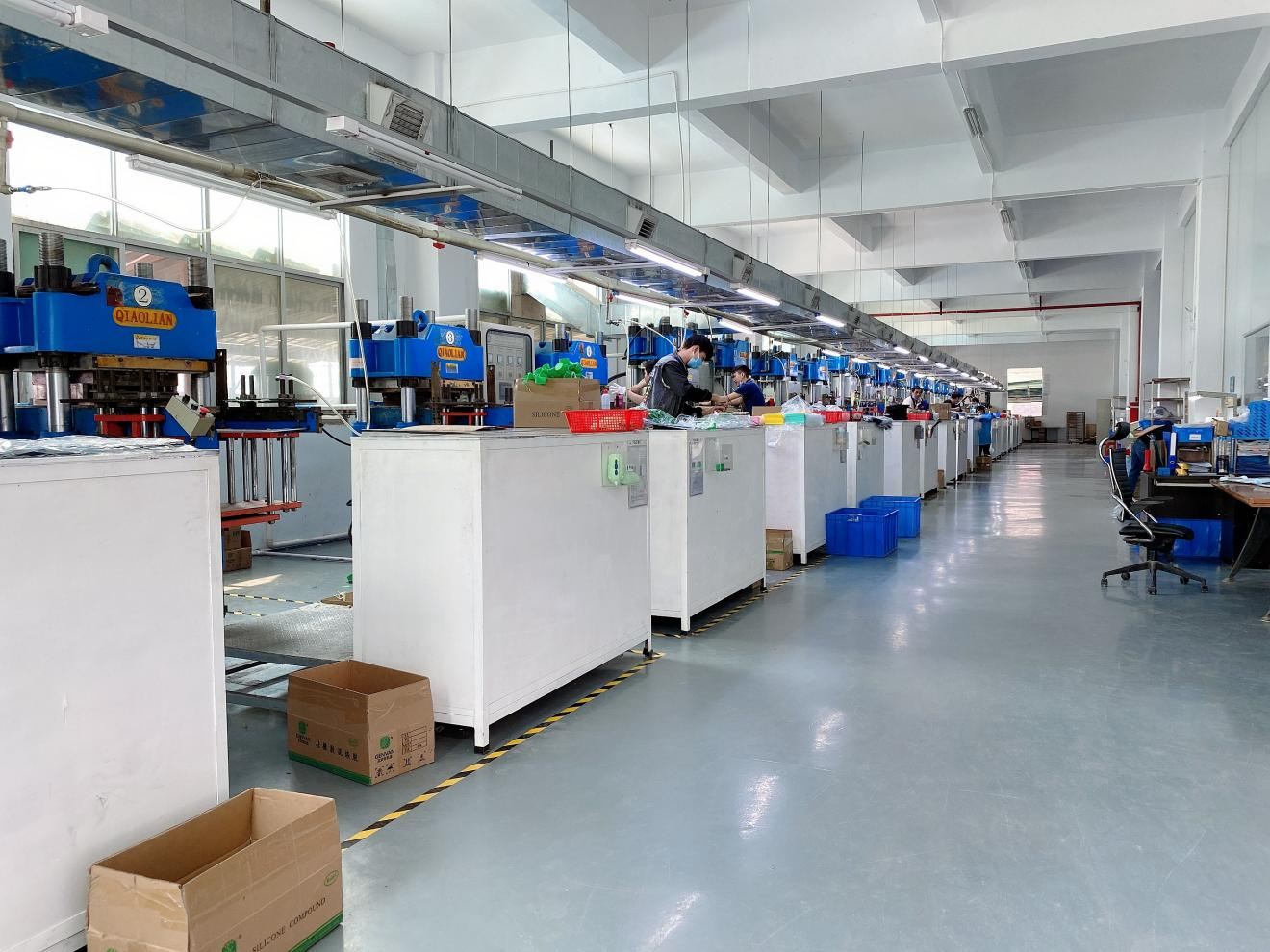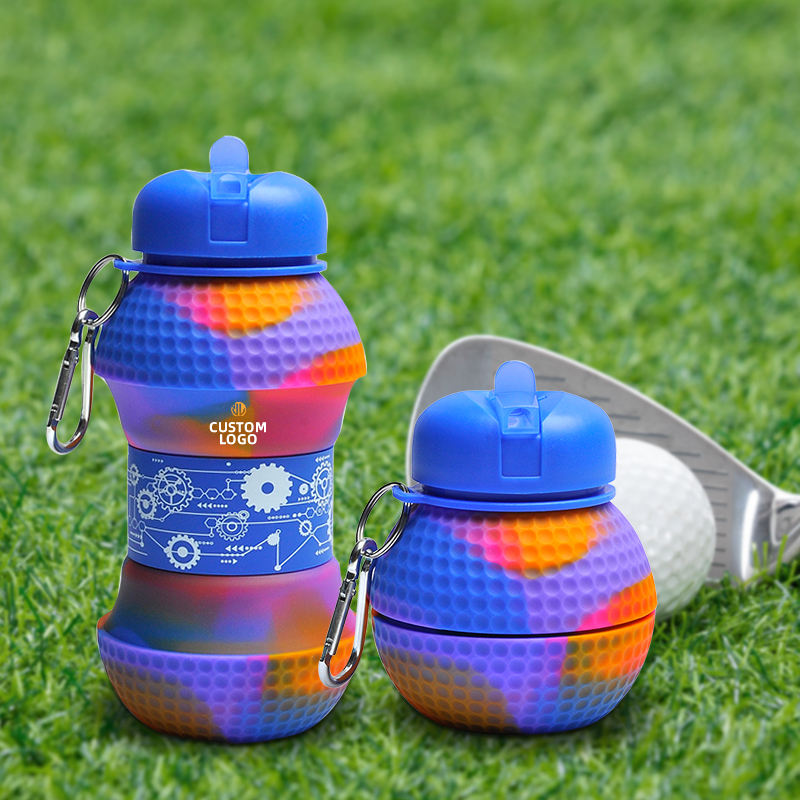Contents
At What Age Should a Child Not Use a Sippy Cup?
What Is a Sippy Cup?
The sippy cup, also known as a training cup or beaker, is a modern toddler drinking tool designed to minimize spills. Unlike an open cup, a sippy cup has a lid with either a spout or a straw, helping young children drink independently without creating a mess. A sippy cup set often includes multiple cup styles to support the smooth transition from bottles to open cups.
For parents, sippy cups are practical in the early years, but experts caution against prolonged use. According to the American Academy of Pediatrics (AAP), children should begin transitioning away from sippy cups between 18 and 24 months. Delayed transition can affect dental health, oral development, and speech.
Why Children Should Transition Away from Sippy Cups
1. Oral and Muscle Development
Sippy cups encourage a sucking motion similar to bottles, which may delay oral motor skills. Open or straw cups promote the use of different muscles that are important for chewing, swallowing, and clear speech.
2. Dental Health Concerns
Sipping sugary drinks through a spout increases sugar exposure to teeth, leading to a higher risk of cavities and enamel erosion. Pediatric dentists recommend limiting sippy cup use and encouraging water in open cups.
3. Supporting Speech Development
Prolonged sucking can affect tongue placement and airflow, both critical for speech clarity. Transitioning to open cups supports healthier speech patterns.
4. Promoting Independence
Switching to open or straw cups gives toddlers more confidence and independence at mealtime. Paired with feeding tools like a suction bowl and plate, children can enjoy self-feeding with less mess.

How to Make the Transition Easier
Start Early: Offer a straw or open cup around 12 months to build familiarity.
Use Toddler-Friendly Cups: Choose wide-based, spill-resistant cups that are easier for little hands to hold.
Incorporate at Mealtime: Practice with water or milk during meals to establish routine.
Pair With Feeding Essentials: Items such as a suction bowl and plate help reduce spills and make learning less stressful.
Stay Patient: Transitioning takes time; avoid reverting to sippy cups for convenience.
Seek Expert Advice: Pediatricians and dentists can provide tailored recommendations if your child struggles.
Tips for Choosing the Right Sippy Cup
Not every cup on the market is created equal. When selecting a sippy cup set, keep these points in mind:
Material Safety: Look for BPA-free, PVC-free, and phthalate-free products. Food-grade silicone cups are especially durable and safe.
Spout vs. Straw: Spout cups are beginner-friendly, but straw cups encourage better oral development. Some sets include both for a smoother transition.
Leak-Proof Design: Select lids that prevent spills but are easy for toddlers to manage.
Easy Cleaning: Dishwasher-safe designs with fewer parts reduce bacteria buildup and save time.
Size and Grip: Lightweight cups with ergonomic handles fit small hands comfortably.
Transition-Friendly Sets: Many sippy cup sets are designed to grow with your child, offering spout, straw, and open cup options in one system.
By considering these factors, parents can select cups that support healthy growth while simplifying daily routines.
Final Thoughts
Sippy cups are useful for a short stage of toddlerhood but should not replace regular cups for too long. Experts recommend stopping sippy cup use by 18–24 months to promote strong oral development, speech clarity, and dental health.
Pairing this transition with practical feeding tools like a suction bowl and plate makes mealtimes less messy and encourages independence.
At Jewelives, we manufacture safe and eco-friendly silicone baby feeding products, including bibs, suction bowls, plates, and complete feeding sets. With FDA and LFGB certification and extensive OEM/ODM experience for international brands, we help businesses deliver safe, innovative products for families worldwide. Contact us today to start your custom project.



